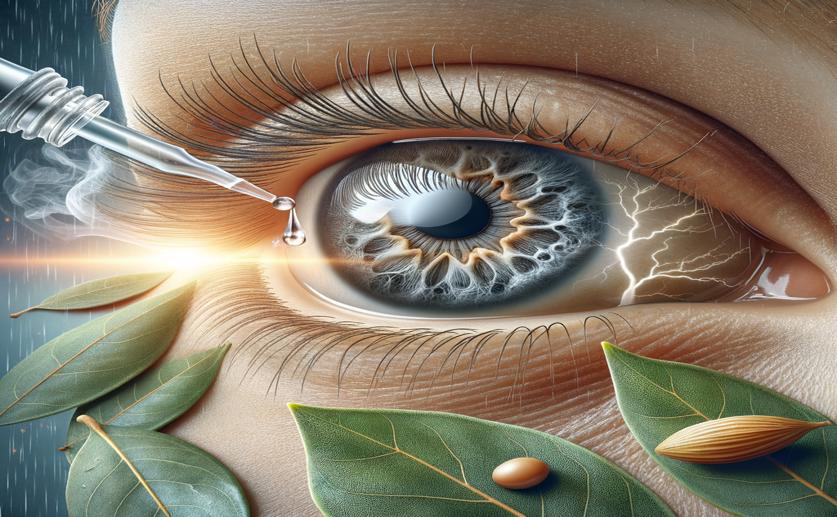
Bay Leaf Eye Drops and Their Impact on Cataract Formation and Oxidative Stress
Jenn Hoskins
23rd July, 2024

Image Source: Natural Science News, 2024
Key Findings
- The study by the University of Molise tested Laurus Nobilis eye drops on cataracts in suckling rabbits
- Laurus Nobilis eye drops significantly reduced oxidative stress and lipid peroxidation in the treated rabbits
- The findings suggest Laurus Nobilis eye drops could be a cost-effective, non-surgical alternative for cataract prevention, especially in regions with limited access to surgery
References
Main Study
1) Effects of Laurus Nobilis Eye Drop on Selenite-Induced Cataract Formation and Oxidative Stress-Related Parameters in Rabbits: An Experimental Study.
Published 21st July, 2024
https://doi.org/10.1080/02713683.2024.2380440
Related Studies
2) Cataracts.
3) Cataract surgery for the developing world.
Journal: Current opinion in ophthalmology, Issue: Vol 19, Issue 1, Jan 2008
4) Vitex negundo attenuates calpain activation and cataractogenesis in selenite models.



 10th June, 2024 | Jenn Hoskins
10th June, 2024 | Jenn Hoskins